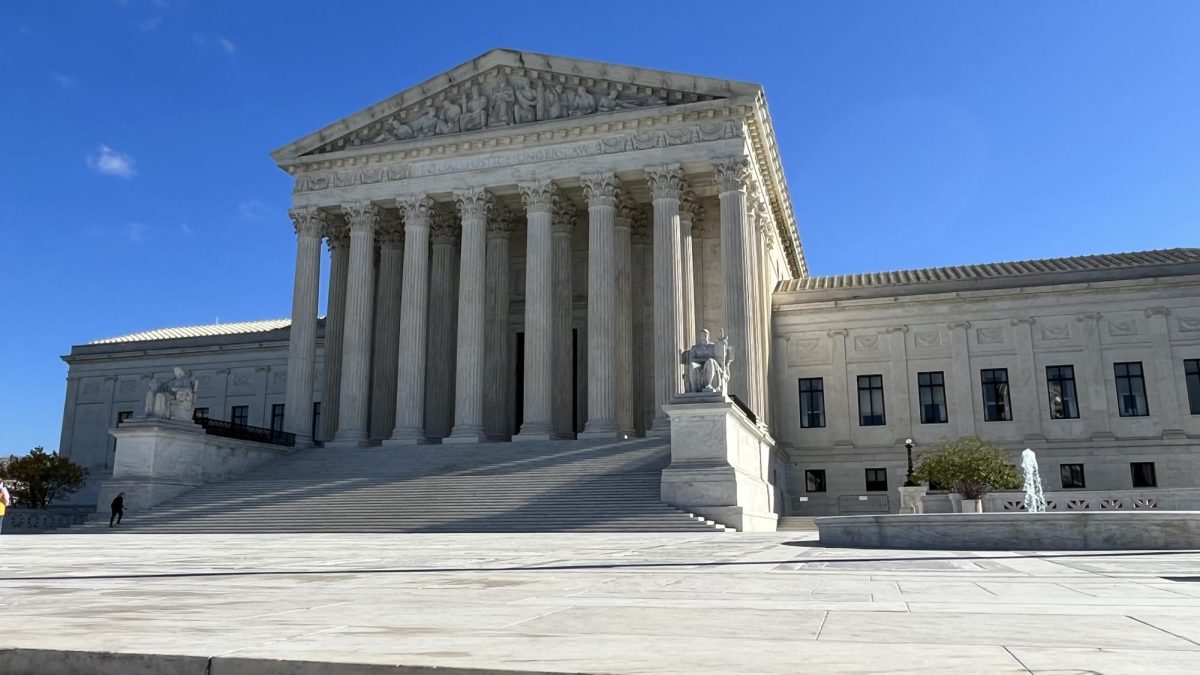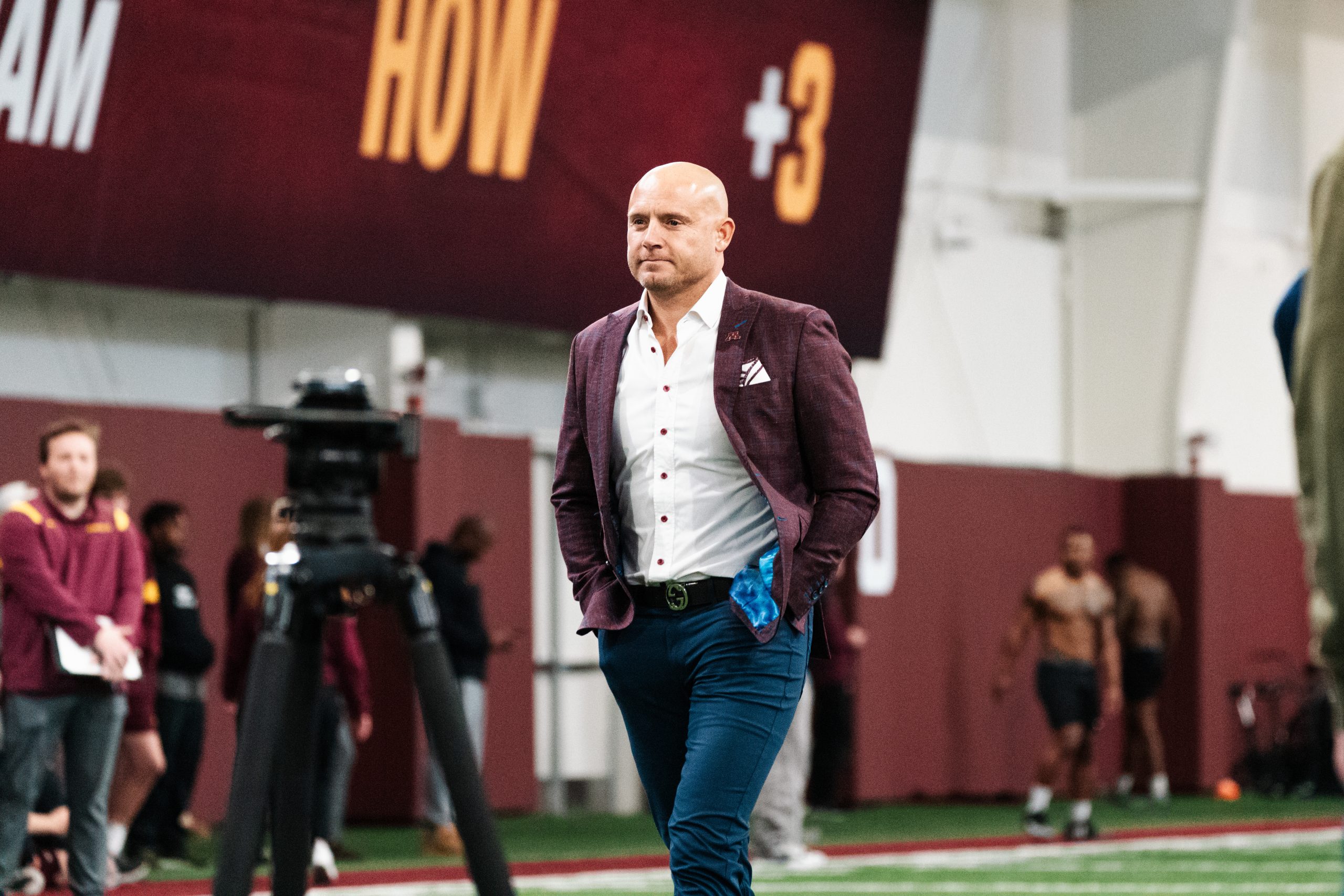The first building was built two years before World War I, the second in the year Albert Einstein first received a United States visa and the last about three years before the first links between cigarette smoking and cancer were proclaimed.
None of these buildings will see the next century.
Demolition of Lyon Labs and Owre and Millard halls began Monday afternoon, bringing to a crumbling close the three buildings’ shared medical and scientific histories.
In their place, the new $70 million Institute for Molecular and Cellular Biology will be erected.
“Here, you can’t build anything until you tear something down,” said Al Michael, Medical School dean. “It’s exciting. Symbolically, it brings basic sciences very close to the patients’ bedsides — to the hospital.”
Lying between the newly renovated Jackson Hall and Moos Health Sciences Towers, Lyon Labs is the first to be subjected to the four-ton wrecking ball wielded by a 70-foot crane. Contractors first want to clear a path into the courtyard behind Lyon to give their heavy machinery a staging area for the rest of the demolition.
Although the actual destruction of the building started Monday, contractors have been preparing since last spring for the challenges of tearing down the three buildings.
“They’re really quite old and they were built in a time when a lot of materials were used that are determined to be unsuitable for landfill,” said Earl North of Armlin North and Associates, the company in charge of the project.
Contaminated materials and residue from experiments conducted in the buildings were another concern for the contractors, but the medical site was given a clean bill of health last month, North said. As a precaution, demolition crews hosed down the fallen debris to minimize the amount of the dust rising into the air.
The demolition is scheduled to be completed by October with the new building’s construction to follow immediately afterwards.
The new building’s primary role is to bring researchers together from biochemistry, biophysics, molecular biology, neurosciences and genetics, who will work on translating information from the Human Genome Project, said Dr. Charles Moldow, associate dean in the Medical School’s research programs.
The building will house six classrooms holding a total of 384 students in addition to a 250-seat auditorium. It will have seven laboratories dedicated to general biology classes and three for advanced biology. Biology students will no longer have to go to separate buildings for lectures and laboratories.
“This building is on the medical campus and it is highly connected to the research buildings,” Moldow said. “This building is sort of in the middle and central to it — trying to make good neighbors.”










